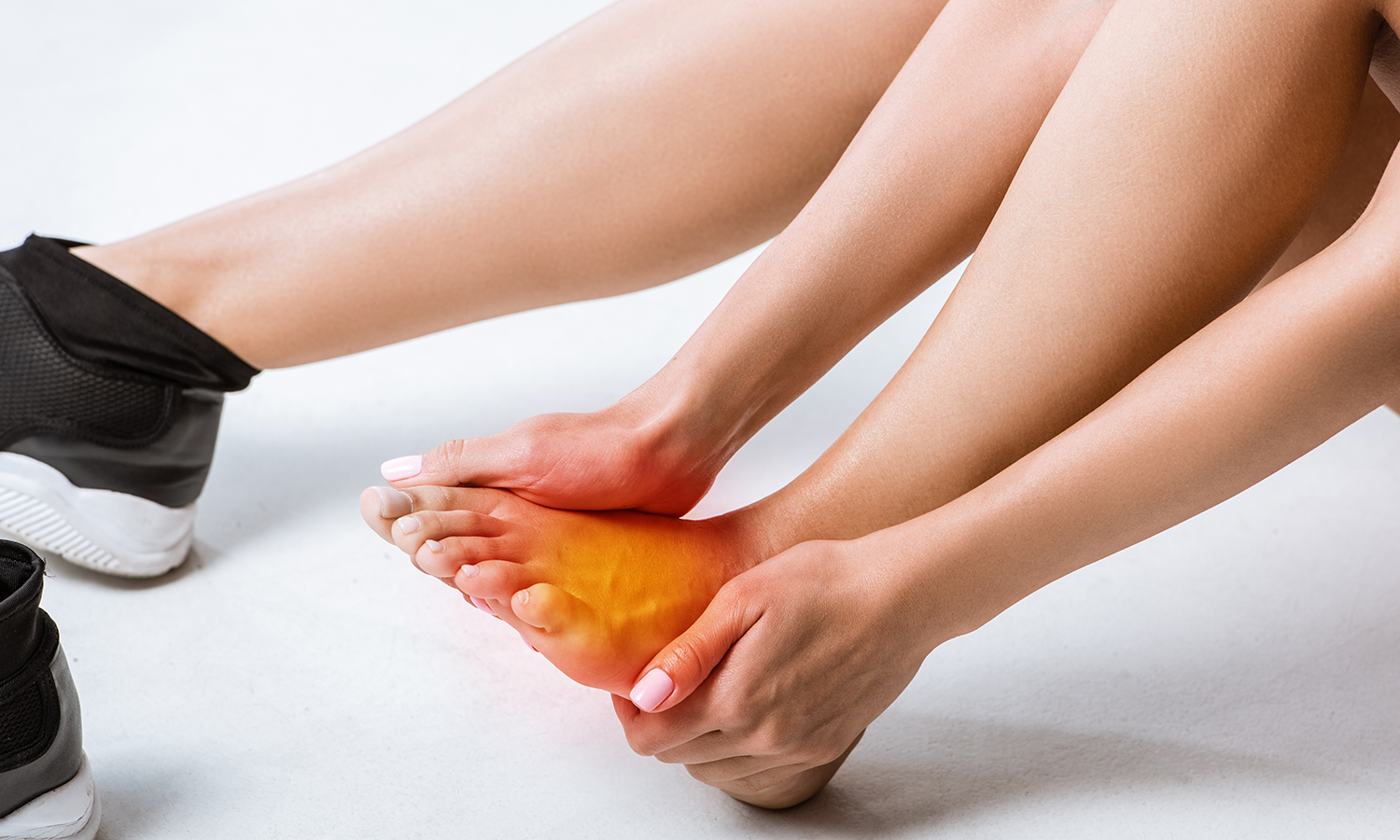
Laser Therapy for Toenail Fungus
1. Toenail Fungus Laser Treatment
Toenail fungus, medically known as onychomycosis, is a common condition affecting millions worldwide. It leads to thickened, discolored, and brittle nails, often causing embarrassment and discomfort. If left untreated, the infection can spread and compromise overall foot health.
1.1 What is Laser Therapy for Toenail Fungus?
Laser therapy for toenail fungus is an advanced, non-invasive treatment that targets fungal infections beneath the nail. Unlike traditional methods such as topical creams or oral medications, laser therapy uses focused light energy to penetrate the nail and eliminate the fungus at its source without harming surrounding tissue. This method is safe, painless, and requires no downtime, making it an effective alternative for those struggling with persistent infections.
1.2 MateLaser: A Cutting-Edge Solution for Toenail Fungus
MateLaser X1 Performance offers a state-of-the-art laser therapy solution for toenail fungus. Designed for precision and efficiency, it delivers targeted energy to eradicate fungal infections while promoting healthy nail regrowth. With its non-invasive approach and minimal discomfort, MateLaser X1 Performance provides a reliable and effective way to restore clear, healthy nails.
2. Understanding MateLaser Therapy for Toenail Fungus
MateLaser X1 Performance operates at a 1064nm wavelength, delivering controlled energy to penetrate the nail bed and eliminate fungal infections while preserving healthy tissue. With an ISP Peak Power of 15W, ISP Average Power of 10W, and CW Power of 12W, this advanced technology ensures effective and precise fungal eradication.
2.1 How It Works
The 1064nm laser emits a focused beam of light that passes through the nail to target fungal spores. The heat generated disrupts fungal cell structures without harming surrounding skin or tissue, leading to fungal clearance and nail restoration over time.
2.2 Treatment Protocol
Session Duration: Approximately 10-15 minutes per affected nail
Frequency: 3-4 sessions over a few months for optimal results
Post-Treatment Care: Patients are advised to maintain foot hygiene, use antifungal sprays, and wear breathable footwear to prevent reinfection
3. Before & After Treatment Comparison
3.1Visual Evidence

High-resolution images demonstrate substantial improvement in nail clarity and thickness post-treatment, confirming the efficacy of MateLaser X1 Performance.
3.2 Comparison of Success Rates: MateLaser VS. Traditional Treatments

3.3 Quantitative Analysis
Fungal Reduction: Up to 95% decrease in fungal presence after multiple sessions
 Improvement in Nail Clarity: 60-80% increase in transparency and smoothness
Improvement in Nail Clarity: 60-80% increase in transparency and smoothness
Recurrence Rate: Less than 3% of patients experienced reinfection within a year
4. Patient Experiences and Testimonials
4.1 Case Studies
Real-life patient experiences highlight the benefits of laser therapy. A 52-year-old patient reported complete nail recovery within six months, while a 38-year-old athlete praised the painless procedure and rapid improvement.
4.2 User Feedback
Pain Levels: Most patients described the procedure as painless, with only mild warmth
Timeframe for Visible Improvement: Noticeable results within 2-4 months
Satisfaction Ratings: Over 98% of users expressed high satisfaction, preferring laser therapy over oral antifungals
4.3 Patient Quotes
"I struggled with toenail fungus for years, but after using MateLaser X1 Performance, my nails are finally clear!" – John D.
"The procedure was quick and painless. I saw significant improvement within weeks!" – Sarah M.
5. Advantages and Considerations of MateLaser X1 Performance
5.1 Benefits
Non-Invasive & Pain-Free: No need for oral medications or surgical interventions
High Success Rates: Effective even in cases resistant to traditional treatments
Fast Procedure with No Downtime: Patients can resume normal activities immediately
5.2 Potential Drawbacks
Cost: Laser therapy may not be covered by insurance
Multiple Sessions Required: Some patients may need additional treatments for severe infections
Individual Response Variability: Results may differ based on infection severity and patient adherence to post-treatment care
MateLaser X1 Performance stands out as a powerful and safe solution for toenail fungus, offering superior efficacy with minimal side effects. Clinical trials, patient testimonials, and quantitative data support its effectiveness in restoring healthy nails.
As research in laser therapy continues to advance, its role in fungal treatment is expected to expand. For individuals seeking a reliable, non-invasive option, MateLaser X1 Performance presents an excellent alternative to conventional therapies.
6. Reference
Laser Treatment in Nail Disorders: A Comprehensive Review
Clinical laser treatment of toenail onychomycoses
7. FAQ
(1) How does laser therapy treat toenail fungus?
Laser therapy uses focused light energy to penetrate the nail and target the fungus without damaging surrounding tissue.
(2) Is laser treatment for toenail fungus effective?
Yes, studies show laser therapy has a high success rate, with some devices like MateLaser X1 Performance achieving up to 98% effectiveness.
(3) How many laser sessions are needed to treat toenail fungus?
The number of sessions varies, but most patients require multiple treatments over several weeks for the best results.
(4) Is laser treatment for toenail fungus painful?
Most patients report minimal discomfort, with only a mild warming sensation during the procedure.
(5) Are there any side effects of laser therapy for toenail fungus?
Laser therapy is generally safe, with no major side effects. Some patients may experience temporary warmth or redness.
(6) How long does it take to see results after laser treatment?
It can take several months for a new, healthy nail to grow in and replace the infected portion.
(7) Is laser therapy better than topical or oral antifungal treatments?
Laser therapy often has higher success rates and fewer side effects compared to topical creams and oral medications.
(8) Can toenail fungus return after laser treatment?
While laser therapy is highly effective, reinfection is possible. Maintaining proper foot hygiene and wearing antifungal socks or sprays can help prevent recurrence.
